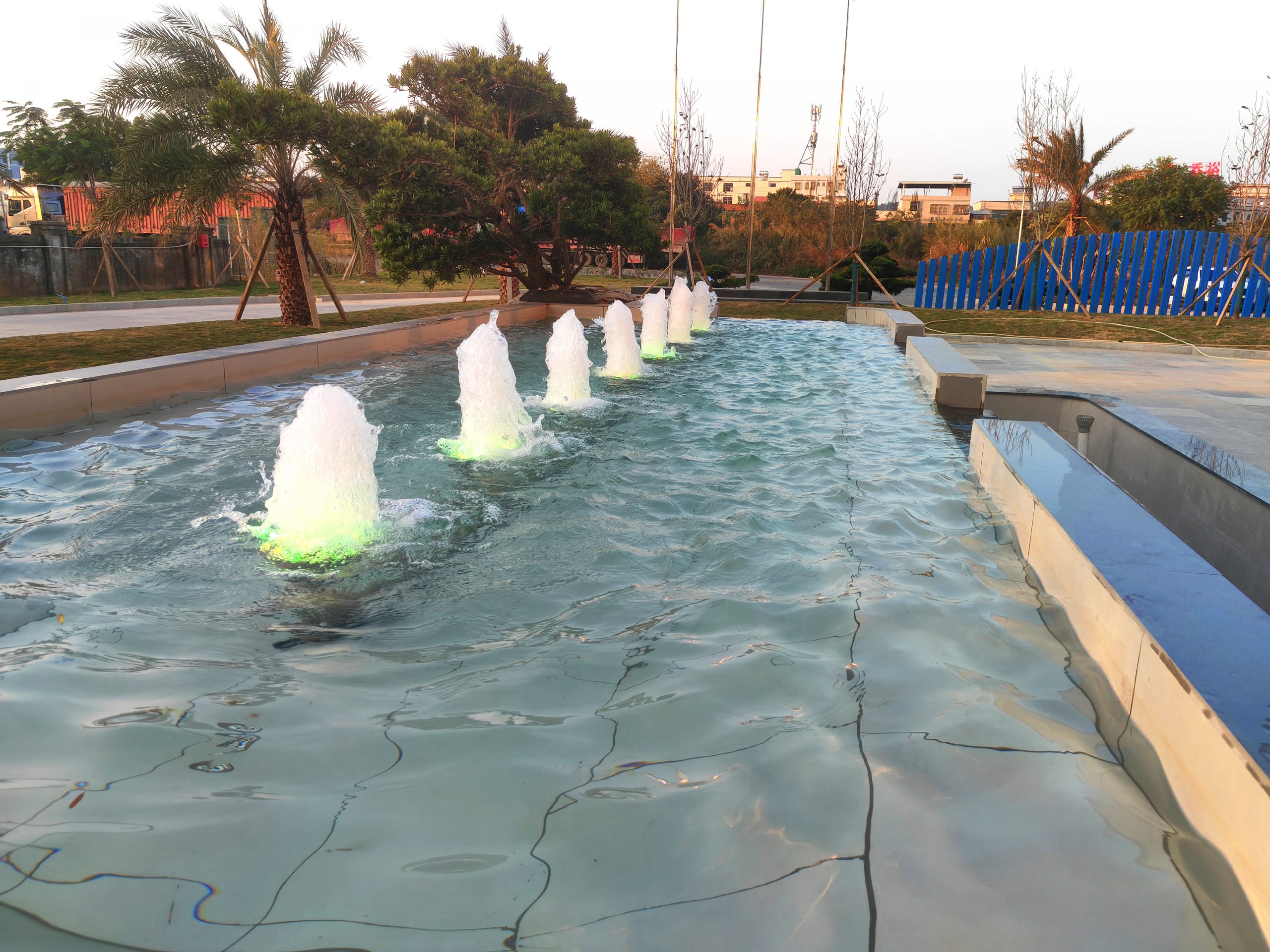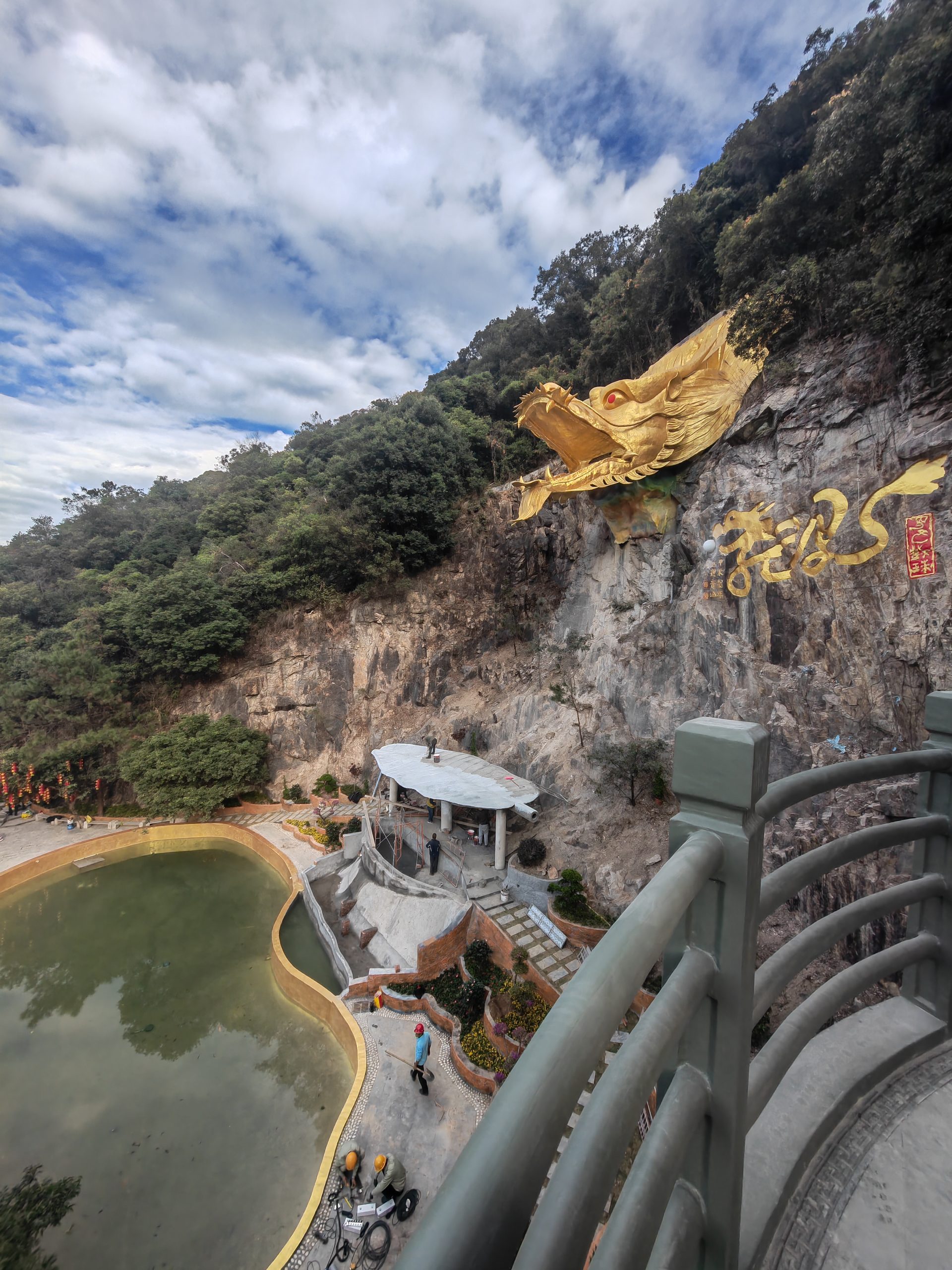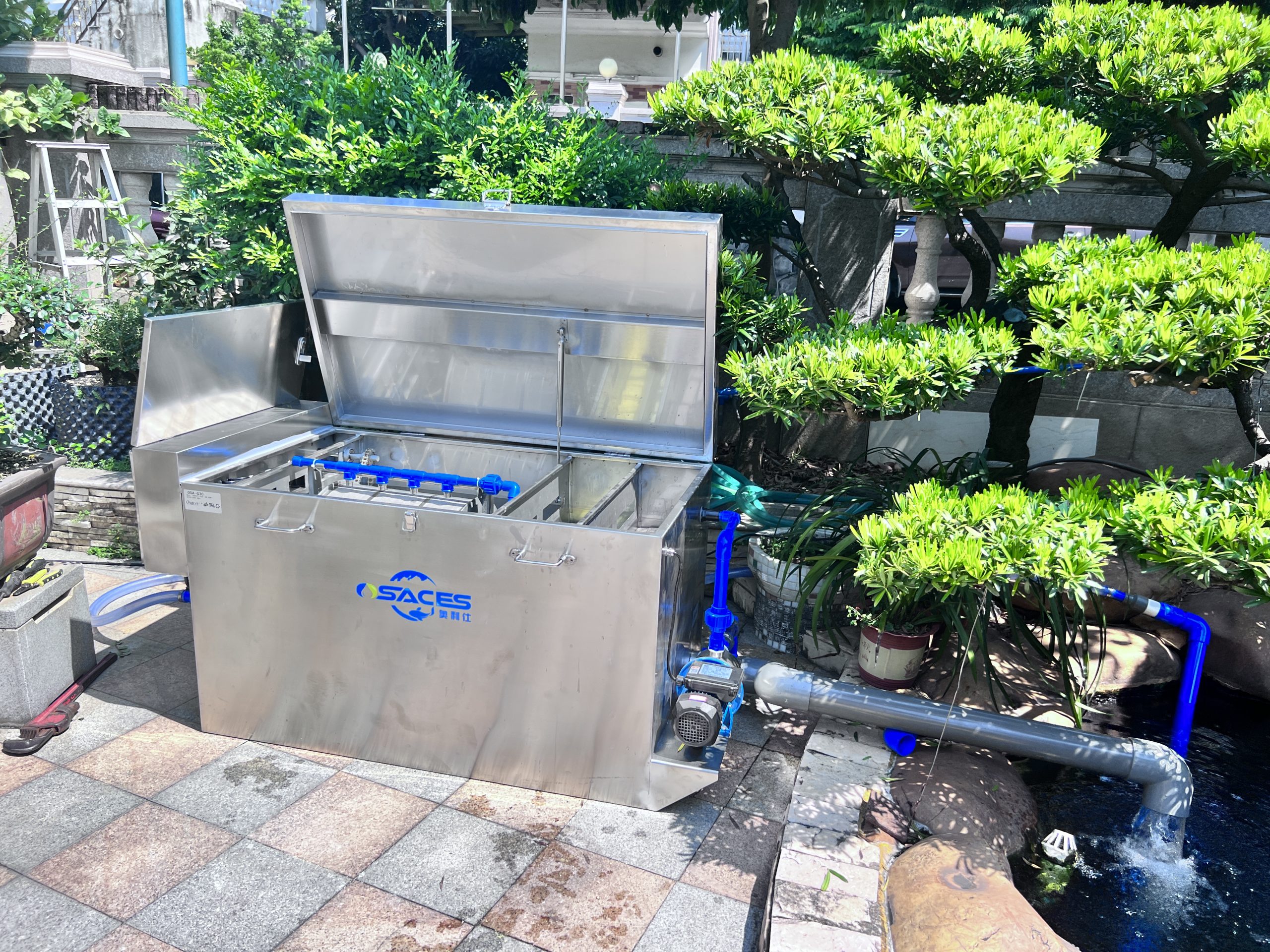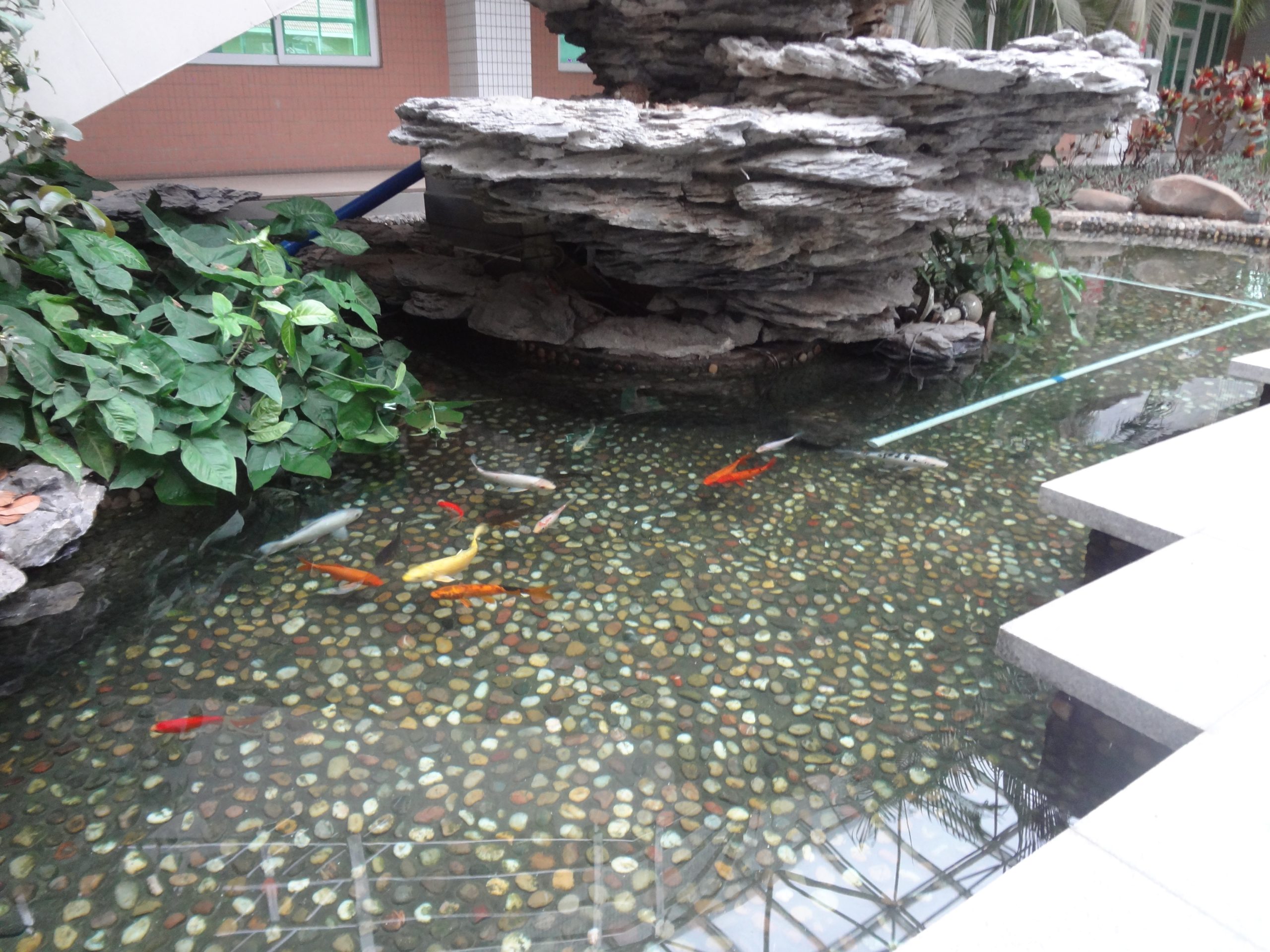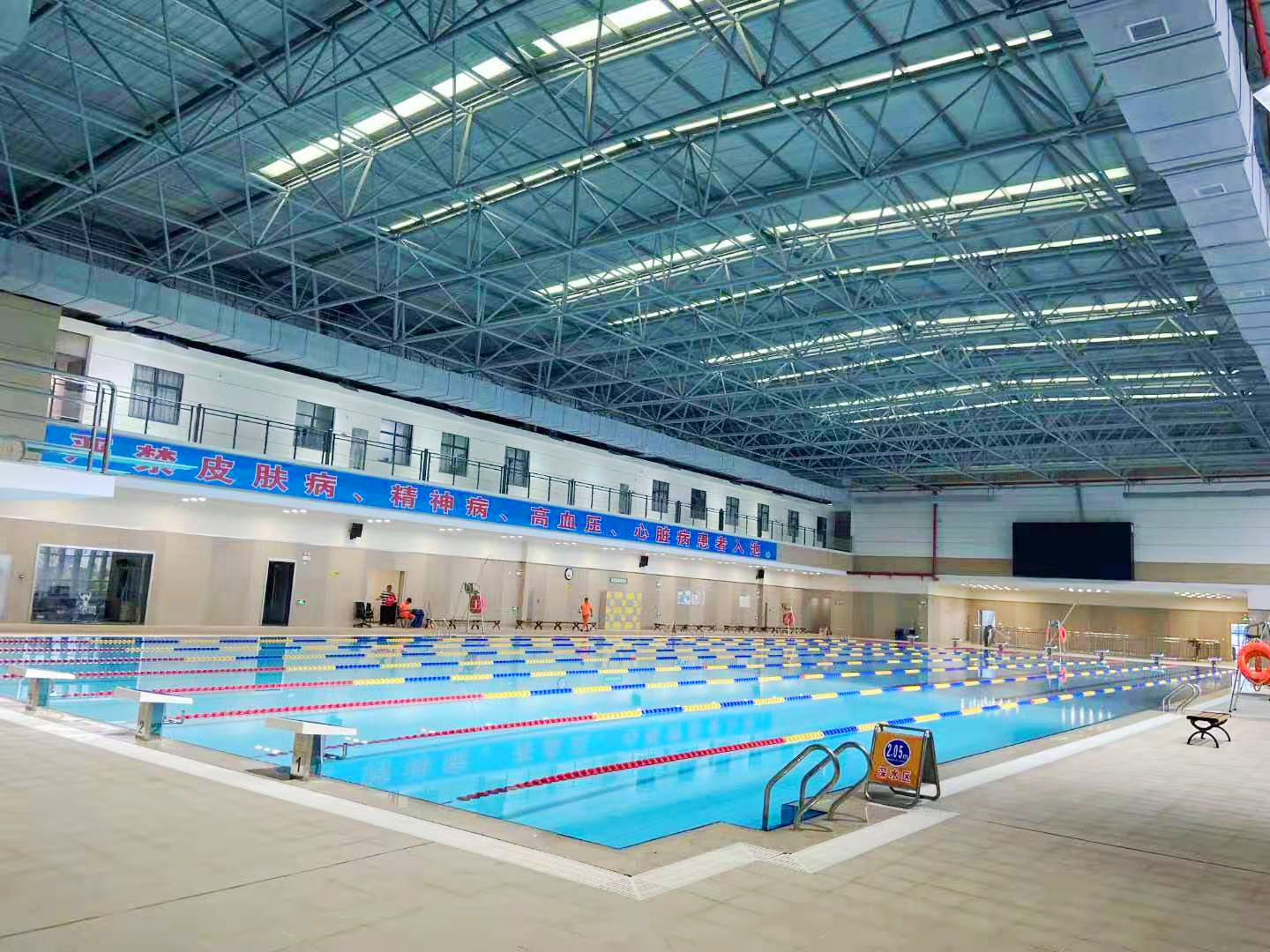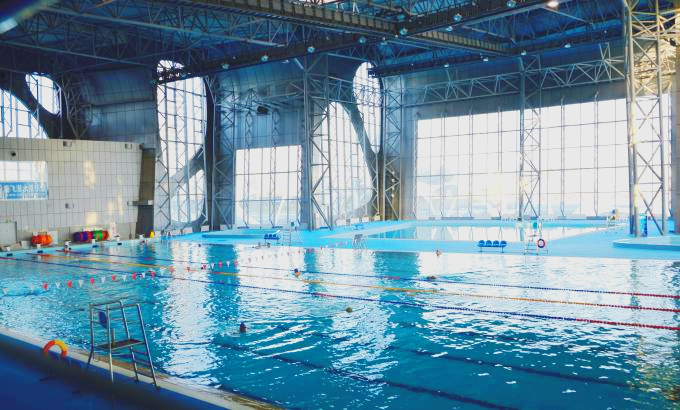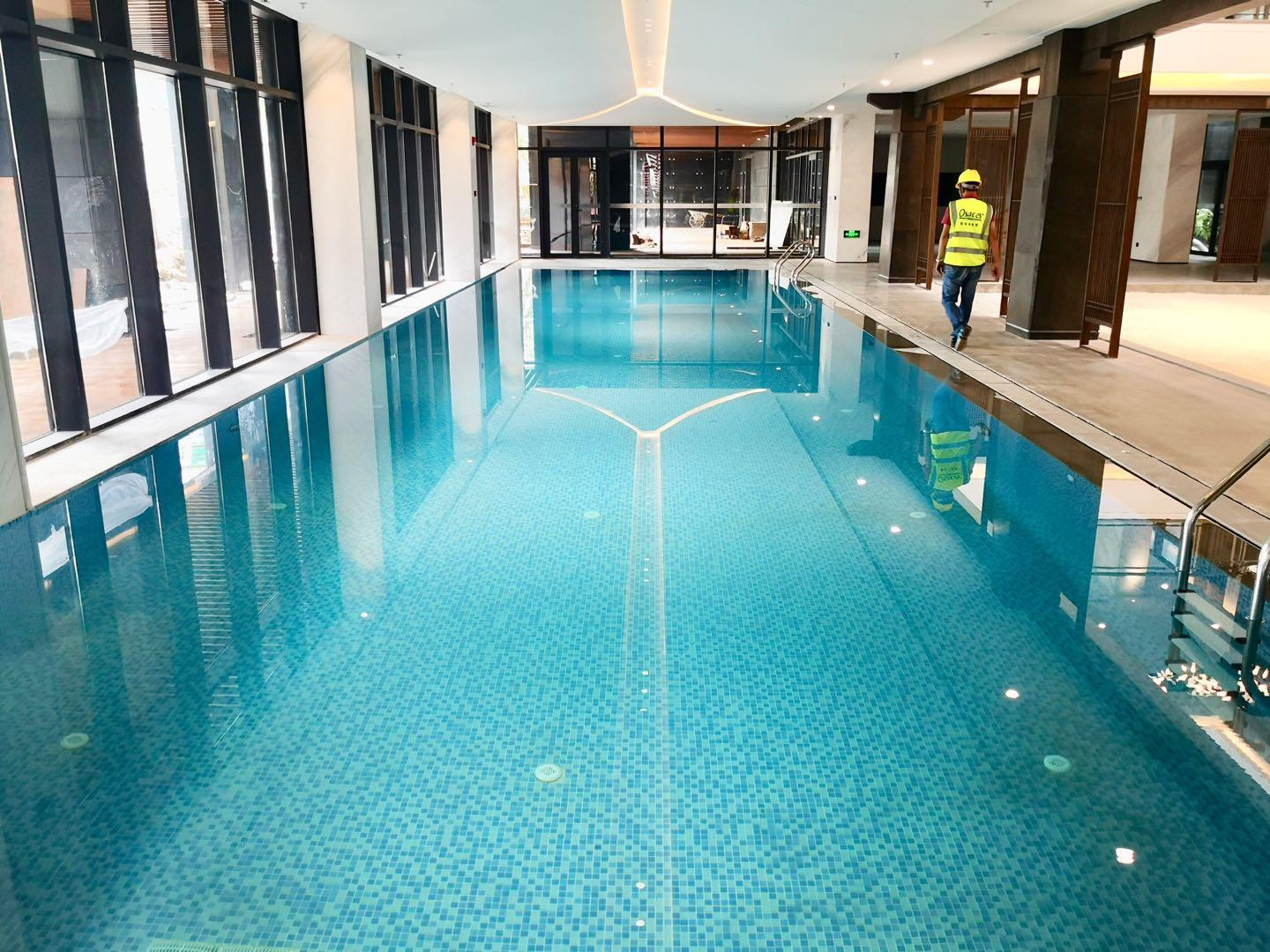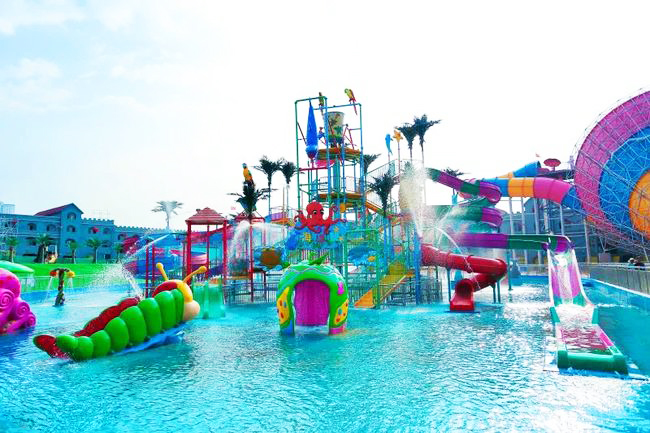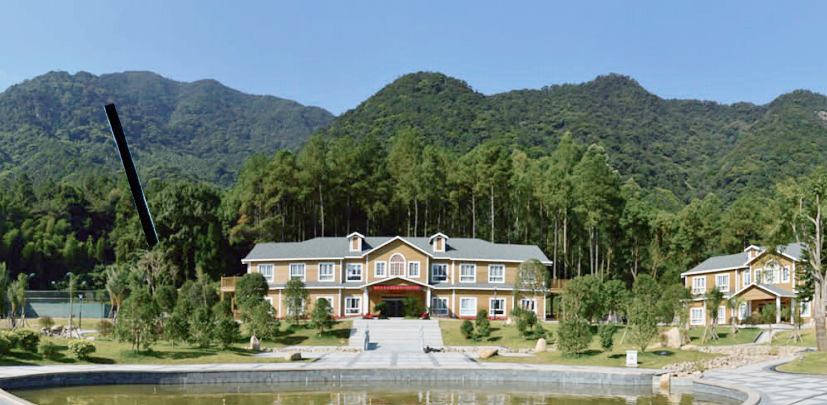common problems
contact details
 Ollies (Guangzhou) Recreation and Sports Equipment Co.
Ollies (Guangzhou) Recreation and Sports Equipment Co.Tel: (020) 82686289
Fax: 020-82694853
Headquarter: No.31-37, Xincun 2 Road, Shangjiang North Street, Dongzhou Village, Xintang Town, Zengcheng City, Guangzhou, Guangdong, China
Tips for dealing with fish pond floaters and sediments
The entry of koi feces, bait or algae and other fine dust can reduce the clarity of the pond water. Among these causes of dirty water are impurities that are visible to the naked eye, as well as dirt that is too small to be seen by the naked eye.
At night, if you shine a bright flashlight on the water in a pool, you can see floating particles in the water through the sharp one-way light, a phenomenon known as the "Tyndall phenomenon". Pool water that appears to be highly transparent during the day may actually be floating with many solids that are invisible to the naked eye.
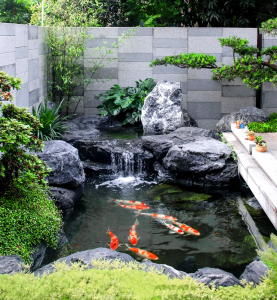
Solid substances floating in the water of a fish pond, which can be seen by the eye, are not soluble in water and have suspended and insoluble properties, and these substances are called suspended substances or SS, or plankton, and so on. For a more detailed description, the particle size ranging from 1 nm (nm=1/1,000,000mm) to 1 μm (μm=1/1,000mm) is called a colloid.
Fish pond water color green and green floating matter is fish pond water eutrophication, specifically refers to the organic matter in the water, nitrogen, phosphorus and potassium nutrients too much to affect the normal reproduction of living organisms, the oxygen in the water to reduce the number of species decline, undermining the ecological balance of the algal bloom caused by the green floating matter for the cyanobacteria of the old algae, when there is a wind in the wind head will smell a fishy smell. The old cyanobacteria will produce toxin after death, which is toxic to fish, and at the same time, it will consume a lot of oxygen in the water and compete with the fish for oxygen, leading to the floating head of fish lacking oxygen.
In addition, there are white flocs in the water body besides the eutrophication of the water body may also be the mucus shedding of the fish body, pay attention to the water temperature, dissolved oxygen and feeding amount of the koi pond.
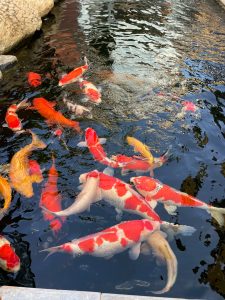
The appearance of a small amount of floating or precipitated flocs, that may be due to the placement of certain medications, such as water purifiers, or drugs with water purifier components, nitrifying bacteria, etc.. For such a situation, in the fish pond filtration system cycle for a certain period of time, if they can be filtered and eliminated, the water quality can be restored to the clarification, it can also be ignored.
The sedimentation method for purifying water for koi is more or less the same as the sedimentation tanks used for sewers, etc., but the construction is not exactly the same because the flow rate of water and the size of the sediment are much smaller.
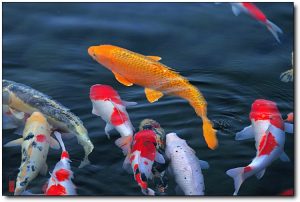
When organic matter dissolved in water is differentiated by water treatment method, it can be classified as good, ordinary and poor; biofilm method (contact oxidation) is evaluated as ordinary, and activated carbon and ozone methods are evaluated as good.
Related content
- Ecological construction of fish ponds
- Why indoor pools must be dehumidified
- How to choose the pool water treatment equipment is professional
- Villa Pool Filtration System
- Systematic management program for koi ponds during high temperatures
- Activated carbon in water treatment mechanism and the use of methods
- Koi "call for help": the language behind the floating head
- Underlying logic of fish pond water quality stabilization

